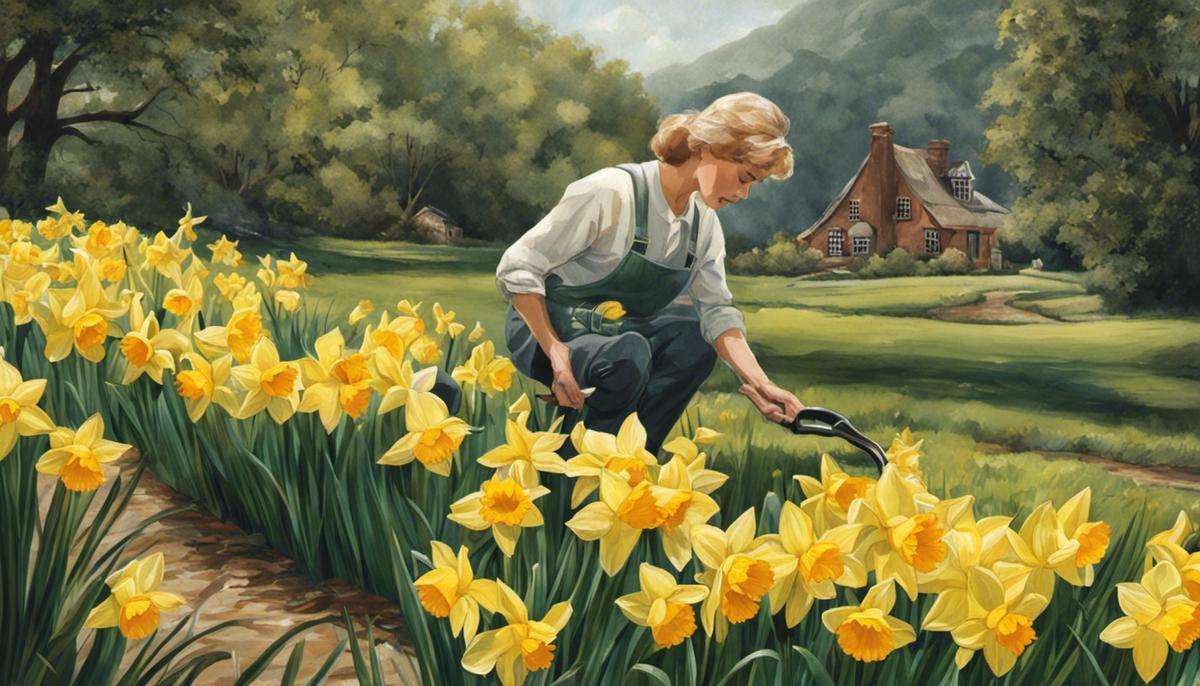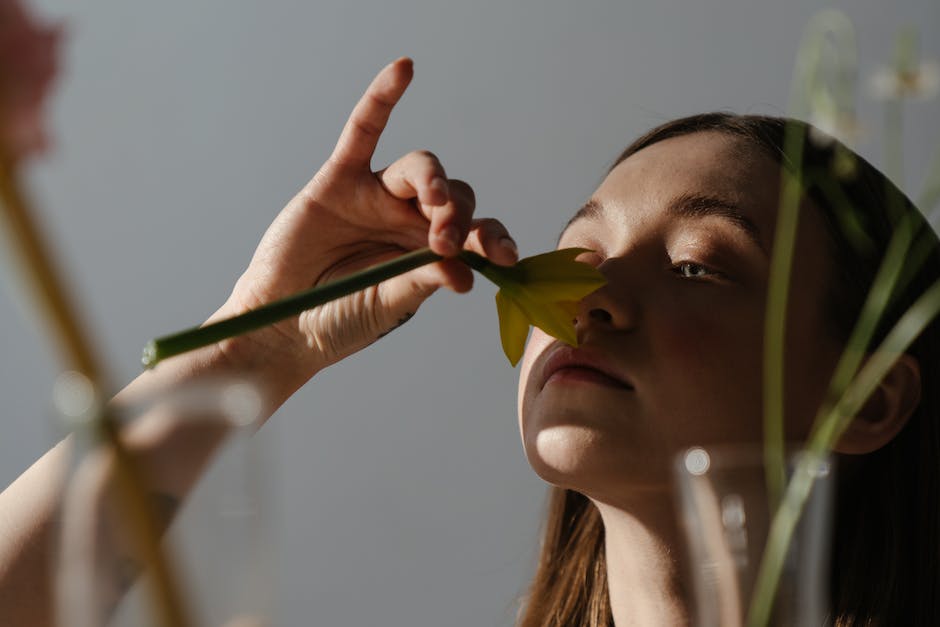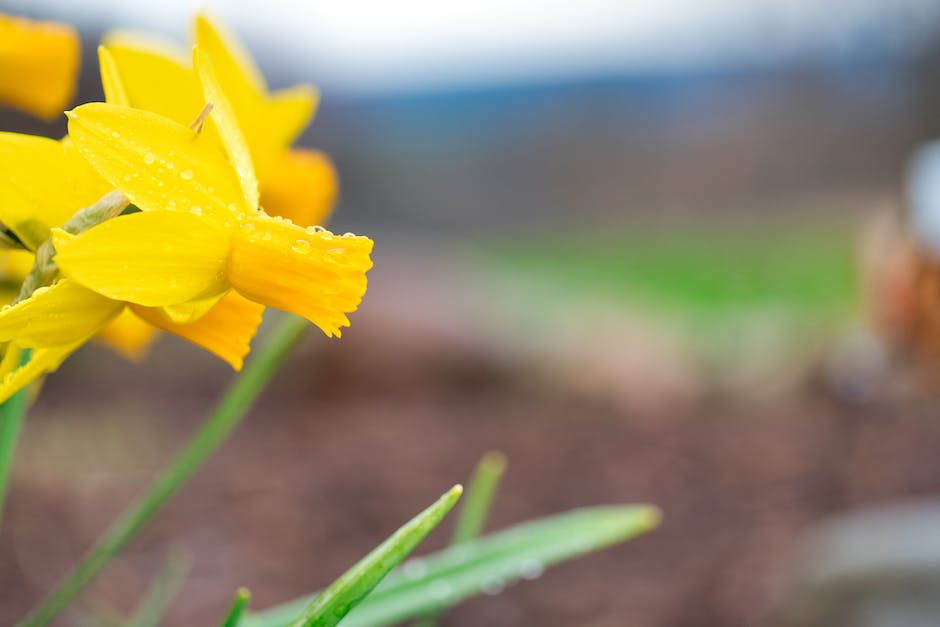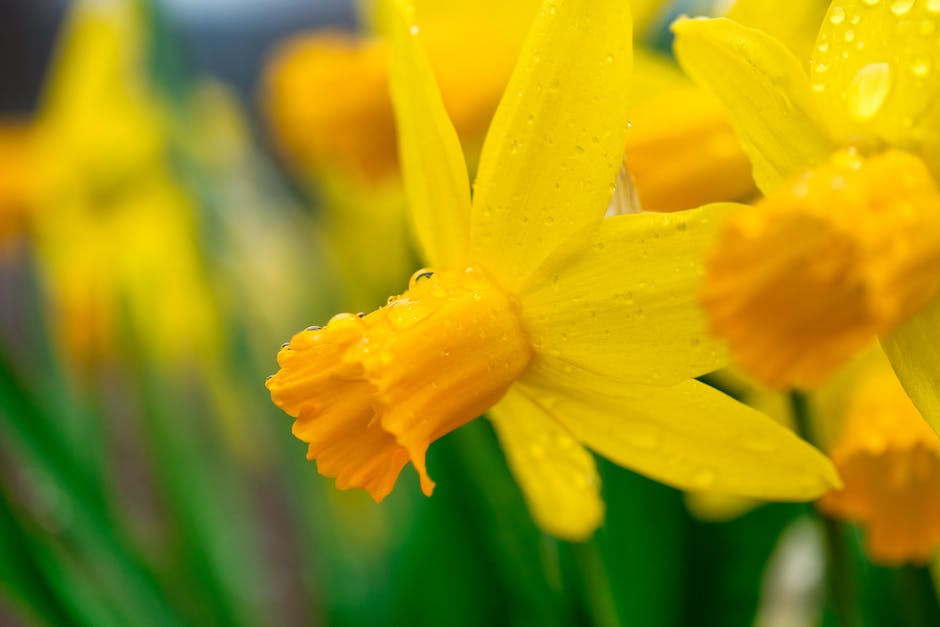Care For Daffodils After Blooming: A Guide

As heralds of spring’s arrival, vibrant fields of daffodils never fail to uplift spirits. However, caring for these sunny blossoms extends beyond simply appreciating their cheerful faces. To ensure they return year after year, it’s important to understand what steps to take once they have completed their yearly display. This essay will delve into the process of deadheading daffodils, the importance of foliage care, and the techniques to employ in preparation for the next blooming season.
Deadheading Daffodils
Demystifying Daffodil Deadheading: An Essential Aspect of Gardening
A common question for every gardening enthusiast is – what exactly does ‘deadheading daffodils’ infer and why is this practice crucial? Deadheading is the act of removing a flower once it has finished blooming and started to fade. This gardening technique is applicable to various plants, and daffodils are no exception.
Understanding the purpose of deadheading daffodils can drastically change one’s approach to maintaining this robust spring-flowering bulb. The process is rewarding, resulting in a wholesome looking plant gone free of fading, weather-beaten flowers.
When a daffodil flower dies, it begins to divert the necessary nutrients and energy into seed production. This action takes away from the overall health and vigor of the plant. The act of deadheading ensures that this compromised diversion of nutrients is stopped. The underlying principle is simple: direct the plant’s energy back into the bulb, fortifying it for the next growing season. By eliminating the seed production process, the daffodils are healthier, stronger, and prepared for an impressive display next spring.
Deadheading daffodils isn’t a strenuous or time-consuming task. Once the flower starts to wilt, use a pair of garden shears or simply hand-pick the dying bloom. It is vital to leave the green stalk and leaves untouched. The photosynthesis taking place in this foliage will store adequate energy in the bulb for the following year’s blooming cycle.
However, there lies an exception to this practice. For gardeners keen on daffodil seed production, deadheading isn’t advisable. Some hobbyists might want to cultivate new and unique daffodil hybrids, and foregoing deadheading becomes crucial in such cases. This method allows the daffodil to produce seeds naturally, facilitating propagation in the garden.
In essence, deadheading daffodils supports a healthier and more vibrant plant cycle, creating an aesthetically pleasing garden. The practice strengthens the bulbs for future blooms and ensures a spectacular display of these bright yellow beauties each spring. It promotes a virtuous cycle of life within the garden, fostering the splendid charm of these radiant flowers through the seasons. Like many things in horticulture, understanding the whys and hows of deadheading daffodils unlocks a deeper appreciation for this nurturing hobby. After all, the proof is in the blooming!

Foliage Care
Enhancing Your Daffodil Bed: Post-Bloom Foliage Care
The world of daffodils doesn’t end once their bright petals drop. The energy continues swirling within their green, leafy foliage, even after a fruitful bloom season. Foliage care after blooming is just as—if not more—vital than deadheading. When managed correctly, daffodil foliage can support the initiation of a bountiful garden next year.
After blooms are deadheaded, foliage commonly takes up numerous important roles. For starters, they serve as the bulb’s solar panel. The leaves utilize sunlight for photosynthesis, creating energy that’s stored in the bulb. This boosts the bulb’s strength for the ensuing blooming season. Consequently, it’s crucial not to cut back daffodil foliage too early.
The general rule of thumb is to wait at least six weeks after flowering before considering trimming back the leaves. During this time, the leaves store their much-needed nutrients to feed next year’s flowers. Even better, if one can wait until the leaves have yellowed, wilted, and are starting to dry out naturally, that’s the perfect time to give Mother Nature a hand.
To help manage daffodil foliage, consider braiding the leaves or tying them together with string. This can help prevent a messy, floppy leaf situation, ensuring the leaves still access sunlight while keeping the garden’s appearance tidy.
Another trick in the book is to cover droopy, unsightly daffodil foliage with neighboring seasonal plants—providing a unique aesthetic appeal. Tall and vibrant companion plants like foxgloves, delphiniums, or lupines can mask wilting daffodil leaves while stealing the spotlight themselves. On the other hand, asters, chrysanthemums, and Japanese anemones are perfect companions for late bloomers. With clever planning, the bedrock of daffodils can cleverly be the backdrop of a beautiful, successive blooming garden.
Remember, the foliage’s untidy appearance is only temporary, but the bountiful benefits for next blooming season are priceless. Cultivate patience until the plants decide on their own that it’s time for their summer hibernation. Let their rhythm dictate the actions, and resist the urge to prune the leaves prematurely.
In the end, it isn’t just about a season of beautiful, vibrant daffodils. It’s about setting the stage for a cycle of abundant blooms and garden health year after year. The seemingly modest act of managing daffodil foliage rightly symbolizes the passion, patience, and persistence that underpin a gardener’s touch.

Preparing for Next Spring
Moving beyond the core principles of deadheading and foliage care, it’s crucial for daffodil enthusiasts to learn more about fertilizing their favorite flowers. While daffodils aren’t particularly picky eaters, offering them a nutrient-rich diet can do wonders for their growth and blooming.
Once the process of deadheading is completed and leaves are gradually drying out, this is an opportune time to fertilize. Any balanced bulb fertilizer (usually marked with even NPK numbers like 10-10-10) does the job well. The most important nutrients for a daffodil’s health – nitrogen, phosphorous, and potassium – are all present in this type of fertilizer. Add in bone meal for an extra serving of phosphorous which contributes to superior bulb health.
Unsure of how much fertilizer to use? Normally, one tablespoon per square foot is an accepted rule of thumb. Just ensure to keep the fertilizer away from the bulb to prevent damage. Applying it around the flower or mixing it with soil prior to planting typically does the trick.
Digging slightly deeper into the world of daffodils, let’s talk a bit about soil conditions. Daffodils appreciate well-drained soil. Often, gardeners find it beneficial to set the bulbs on a small mound of sand or gravel when being planted. This improves drainage and keeps the bulbs healthy over a longer period of time.
With fall approaching, it’s crucial to begin dividing and replanting your daffodil bulbs. If your daffodils have started to produce fewer or smaller blooms over the years, it might be time for some splitting up. Dividing bulbs every 5-7 years keeps plants vibrant and ensures healthy blooms in the following spring.
Dividing your bulbs is an easy process. Simply dig a wide hole around the bulb, gently lifting the entire clump of dirt. Shake away the soil and the bulbs should easily pull apart. Keeping a minimum of three bulbs together is recommended, as daffodils enjoy each other’s company. After splitting, replant the bulbs into well-tilled soil rich in compost and they should flourish.
Finally, lay down a bed of mulch around the planting site to protect daffodils from severe weather. About 2-3 inches of mulch will keep moisture in the ground and also protect the bulbs from freezing during the colder months.
Planting care aside, being an ardent daffodil enthusiast is as much about inviting these lovely guests into your garden as it is about lovingly nurturing them through the seasons. Come next spring, your efforts will bring a sea of yellow blooms, making all your meticulous preparation more than worthwhile.

As the familiar gold and orange hues of daffodils fade away, the true gardener’s task begins. With proper care and maintenance, these loyal springtime companions will continue to return and beautify your garden with each passing year. Now you have the knowledge to preserve these iconic flowers through deadheading, attending to foliage needs, and strategising for the next year’s bloom. Apply these practices, and your reward will be a spectacle of daffodils dancing in the breeze for springs to come.



